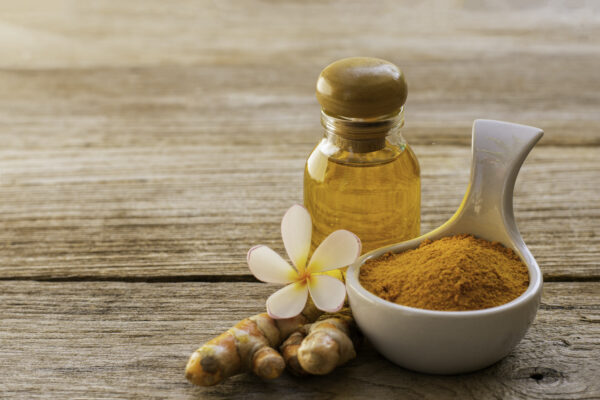Did you know that the right kind of exercise can help reduce mood swings, trigger your metabolism to aid weight loss and boost your energy levels, sex drive, sleep, bone health, and brain function?
But what kind of fitness works best for women aged 35 and over?
Let it grow
As people age, they experience something called ‘somatopause’. This is a gradual and progressive decline in the human growth hormone, somatotropin (hGH). This decline usually happens with an increase in fat around your middle and a rise in ‘bad’ cholesterol, as well as a fall in lean body mass, bone mineral density and immune function. Sleep disturbance is also common. The great news is that you can actually slow down the fall in hGH if you choose the right type of exercise, significantly reducing your symptoms.
Get sweaty
To trigger growth hormone release, you need to sweat, and ‘feel it’, so choosing a strength and cardio workout that helps you do this is vital. Interval training is ideal for menopausal fitness. It consists of short bursts of higher intensity exercise with rest periods in between. During the interval training you may do two rounds of ten exercises back to back, each exercise lasting about a minute with short rest periods between them. You would do a combination of strength exercises (like a press up against the back of a bench) and cardio exercises that get you sweaty (like walking lunges).
Interval workouts are quick (20 to 30 minutes) and easy to fit into a busy life. It gets you into an ‘afterburn’ state, when your body goes into ‘oxygen deficit’, and this is what triggers growth hormone release. It helps shift stubborn fat, kickstarts your body’s metabolism and builds lean muscle mass. It has no complicated choreography or complex equipment, just some basic kit like mini bands, resistance bands and a mat. The pulling, pushing and lifting exercises will help you perform everyday tasks with better muscle function and alignment. It releases endorphins, ‘feel good’ hormones that can help with mood swings, feeling low or anxious.
Love your pelvic floor
If you’re experiencing leaking when you jump, laugh or sneeze, or you just feel you need a better functioning core, a specific core healing programme may be what you need. This way, you can return to those higher impact exercises like jumping and running without worrying about an ‘oops’ moment.
Mind and Body
Mind and body-type activities like pilates and yoga are also beneficial during the menopause. Ongoing
stress, caring for family members, work and home can compromise your adrenal health just as you’re going through major hormonal shifts. Ongoing raised levels of the stress hormone cortisol can encourage your body to store a larger quantity of fat around your tummy and near important organs, which can lead to an increased risk of diabetes, stroke, and heart disease.
Yoga and pilates not only offer the benefits of strength work, but also include an element of relaxation. They also include release and stretch work, essential for muscle recovery and flexibility, and are excellent for posture.
Where and when
Getting outdoors will increase your levels of vitamin D, which is good for bone health and calcium absorption. This is also great for stress management and hot flushes. With indoor fitness, use a well-ventilated room or stand near an open window or door so any hot flushes don’t stop you exercising.
Find a time of day to exercise that suits your body. If you have a pattern of hot flushes in the evening, interval training earlier in the day may feel more comfortable. If you have a stressful start to the day, a morning pilates class may be more health-giving than a cardio class as it will help to calm your body and mind.
Listen to your body
Good nutrition, water intake and sleep are essential elements of self-care in menopause, as well as movement. If you are new to fitness, remember to progress gradually, but don’t be afraid to sweat, as this is what your body needs! Make movement your friend, so ditch the car when you can and walk or cycle. Boogie to your favourite tunes in the living room. Fall in love with movement again.
Finally, when looking for exercise choices, find one that speaks to you. Find your love of movement again, in a space where you feel comfortable, which may be in the comfort of your own home, or with people who make you feel good.




